Wildflower habitats in the UK have declined significantly and we can help reverse that trend. There are numerous benefits to managing grassland, road verges and other local green spaces for wildlife and it doesn’t have to be difficult or costly!
Wildflowers provide a vital source of nectar for butterflies, bees and other pollinating insects. Insects and animals can find shelter in long grass, while both the flowers and the insects provide a food source for both birds and other wildlife.
Beyond helping insects and animals, plant growth can absorb stormwater, decrease erosion, and also trap carbon, benefiting not just local people, but also our planet.
Access to nature and green space has also been shown to benefit our mental well-being. A community wildlife area can provide a space for people to interact with nature, explore their local environment, and learn about the plants, insects, birds and other wildlife they will encounter.
The resources below are intended to help you get started with managing any green space – large or small! – in a positive way for wildlife.
For many road users, road verges are their main (or even only!) exposure to nature on a daily basis and road verges in the UK have great potential to be managed safely, sustainably, and positively for wildlife. More than 132,000 people have signed Plantlife’s petition for Wild Road Verges, which demonstrates how perceptions are changing.
The NEP has developed a toolkit to help parishes and local communities manage their road verges for wildlife. The toolkit is part of the Wilder Road Verges project, which is in partnership with Buckinghamshire Council, Butterfly Conservation, and the Chilterns Conservation Board.
While its focus is road verges, the principles it advocates of low fertility and cut-and-collect can be applied to any area of grassland.
Download the Wilder Road Verges Toolkit.
The toolkit contains general advice, links to further information, and case studies from within Buckinghamshire and across the UK.
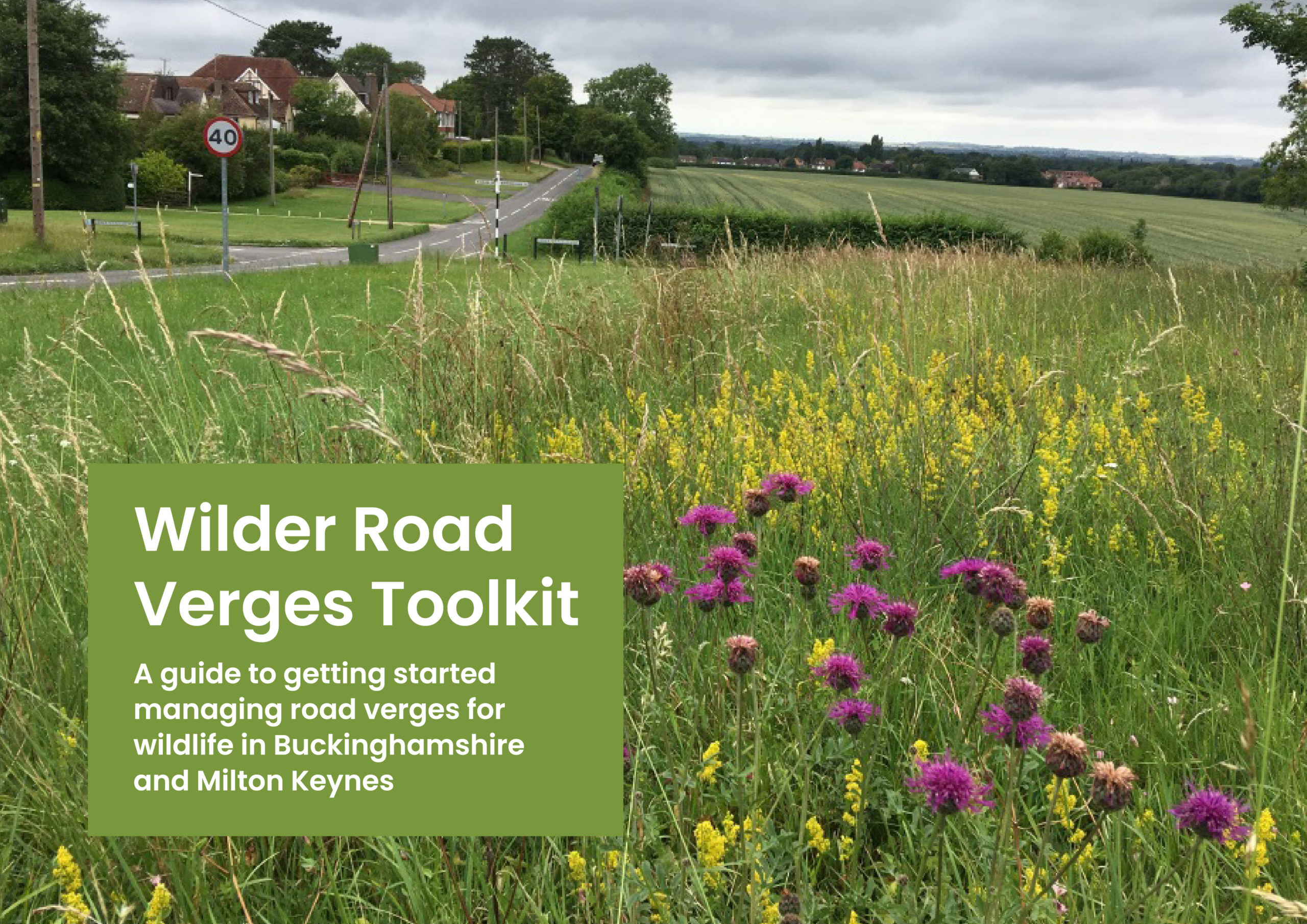
If you’ve started managing your green spaces for wildlife, it can be helpful to signpost the changes to residents to let them know it’s a deliberate change in management and help to answer questions they might have.
We’ve produced some printable signs which you can download from the below links:
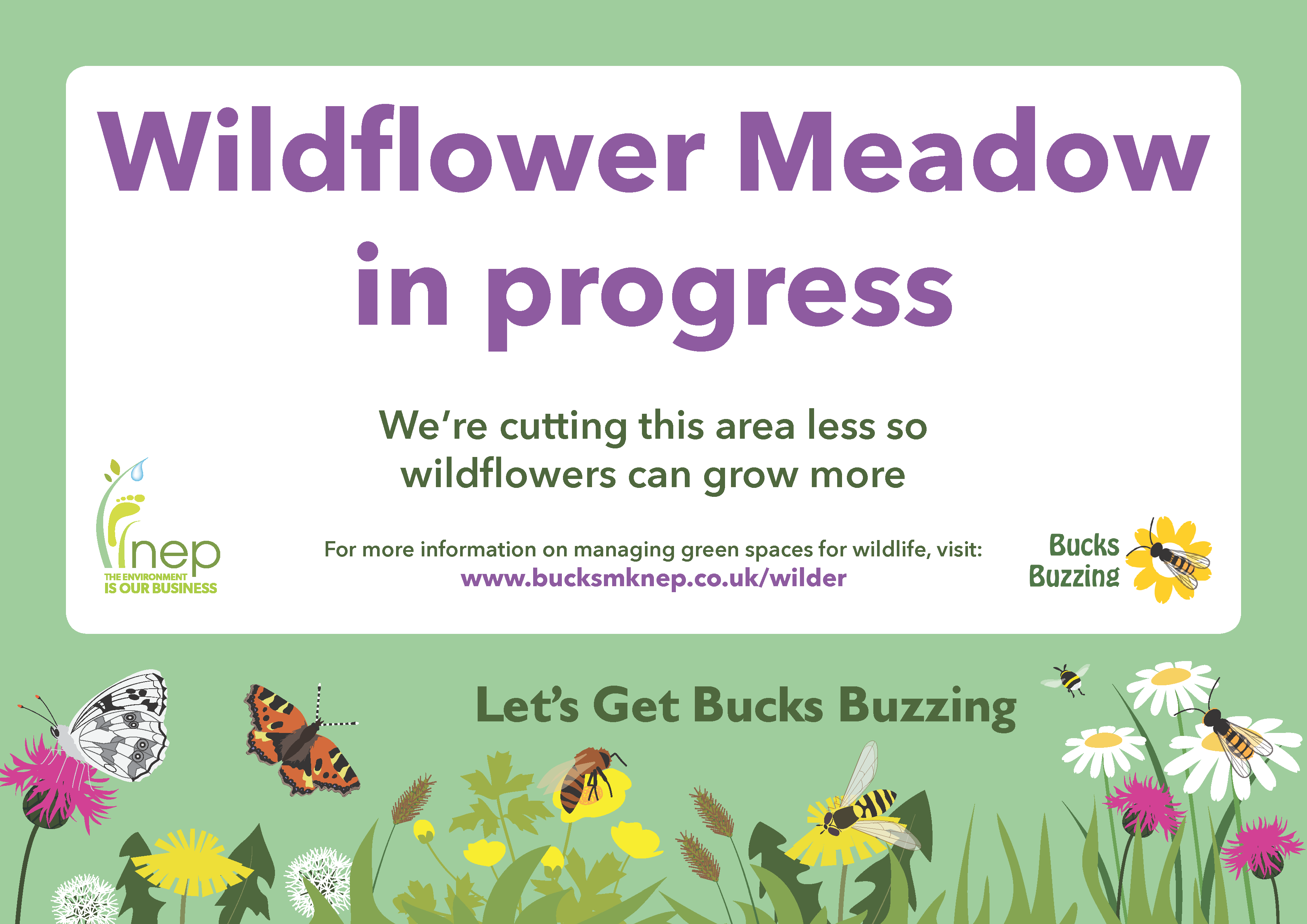
More than 700 species of wildflower can be found in road verges in Britain and through monitoring, you can find out how many are in yours! Road verges also provide important habitat for pollinating insects, so you may wish to monitor these species as well.
Drawing on local expertise can contribute significantly to monitoring and surveying on your road verges. Visit our Conservation Directory to find local groups near you, or visit the links below gather together advice and resources to help.
Please note: the links below are external sites. Although we endeavour to ensure these links are accurate, up to date and relevant, Bucks Buzzing cannot take responsibility for pages maintained by external providers but please let us know if you come across broken or misplaced links.

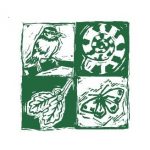
Buckinghamshire & Milton Keynes Environmental Records Centre (BMERC)
BMERC can provide advice and local wildlife information, as well as loan equipment.
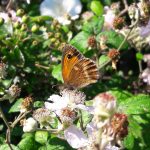
Butterfly Conservation
Along with resources for identifying butterflies and moths, Butterfly Conservation also offers help choosing butterfly-friendly plants and creating habitats to attract these beautiful visitors. Your community can also get involved with the annual Big Butterfly Count.
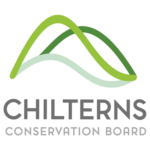
Chilterns Conservation Board – Chalk, Cherries & Chairs
If you are based in the Chilterns, join in with this exciting Lottery-funded scheme which aims to connect local people to the wildlife and cultural heritage of the Central Chilterns. There are several projects underway, under the themes of wildlife, heritage and people.

Field Studies Council (FSC)
The FSC provides training in surveying and identification, as well as producing a range of user-friendly wildlife guides. The FSC Biolinks programme also has a range of webinars available on their YouTube channel.
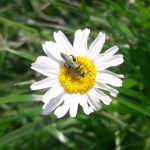
iRecord
Available through the website or as an app, iRecord is for sharing and managing wildlife records. Features include dynamic maps and graphs of your data. And if you’re looking for help getting started and making the most of iRecord, the FSC Biolinks programme has you covered: a useful introduction to iRecord is available on their YouTube channel.

UK Pollinator Monitoring Scheme (PoMS)
A great way for beginners to get started surveying pollinating insects, while also helping to monitor the health of UK pollinators.
We also have further resources for community groups, schools and individuals who want to get their local patch buzzing with wildlife on the Bucks Buzzing Resources page.